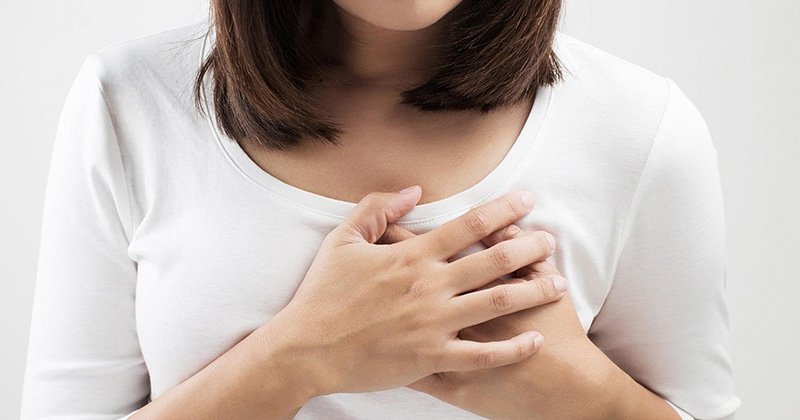
A breast abscess is a painful, pus-filled lump that develops under the skin of your breast.
Breast abscess are is common in women who are breastfeeding, but can also occur in women who are not breastfeeding.
They are mostly caused by an infection, where bacteria gets into your breast through a sore or cracked nipple or a nipple piercing. See your doctor if your breast is red, swollen or sore. The main treatment for a breast abscess is to drain away the pus from the abscess.
Most abscesses are caused by a bacterial infection. They are often linked to mastitis, an inflammation of your breast tissue, particularly the milk ducts and glands if you are breastfeeding.
Infections can occur when bacteria from the skin’s surface or baby’s mouth enter the milk ducts through a break or crack in the skin of the nipple, or through a milk duct opening. If the infection is not treated, an abscess can form.
Women who are not breastfeeding can also develop a breast abscess if bacteria enters the breast through a sore or cracked nipple, or a nipple piercing.
Breast abscesses are hard, painful lumps in the breast that may also:
See your doctor if your breast is red or swollen. If your doctor thinks you have a breast abscess, they may perform an aspiration of the lump to confirm that it is an abscess. This involves placing a needle in the swollen area, to check if the lump is filled with pus. Sometimes breastfeeding women develop cysts that are filled with milk-like fluid. This is not a breast abscess.
Your doctor may also send you for an ultrasound scan of the breast to confirm whether or not the pain and swelling is caused by an abscess.
The main treatment for a breast abscess is to drain away the pus from the abscess. To do this, a local anesthetic medicine is injected to numb the skin over your infected breast tissue, and using a needle and syringe, the pus is drained.
If the abscess is large, it needs a bigger cut to let the pus drain out. After the infected area has been drained, it may be left open and packed with sterile gauze or closed with a small tube left in so the pus can drain out.
Your doctor may also prescribe a course of antibiotics, which you must take as directed.

Copyright © 2022 Dr. Sandhya Bade | All Rights Reserved | Created & Crafted By Itorix Infotech
WhatsApp us